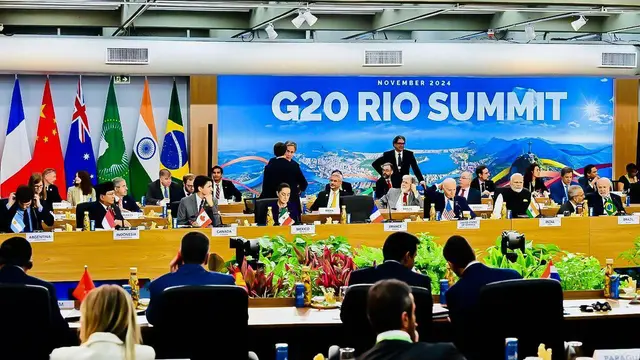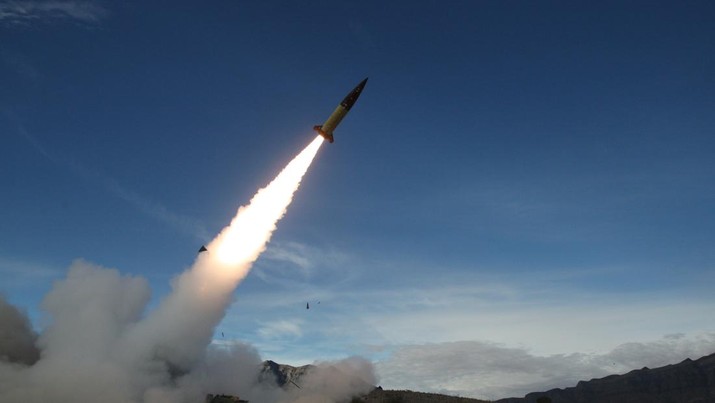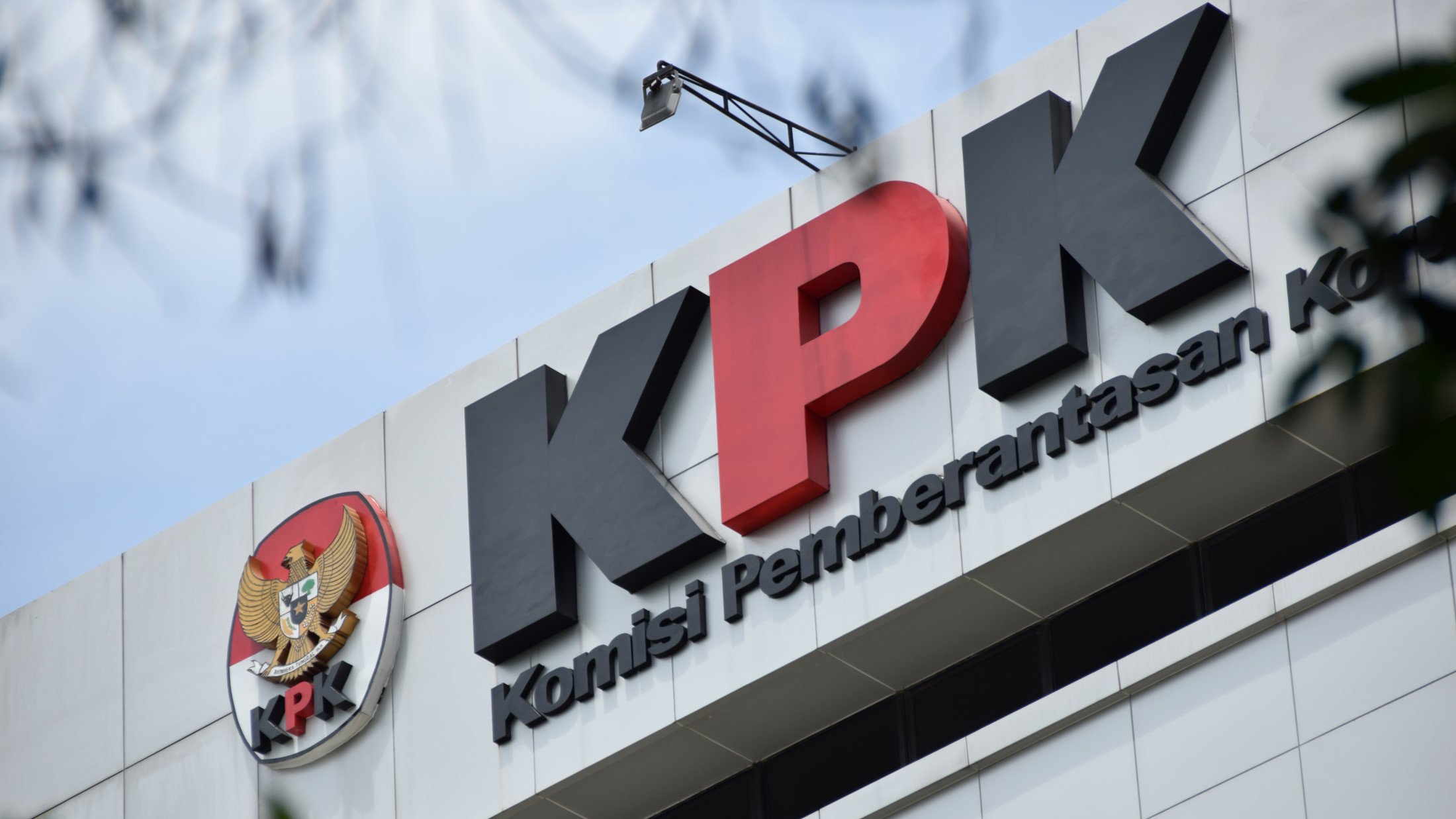Indonesia’s dependence on energy imports is a great irony amidst the abundance of natural resources we possess. Data from SKK Migas shows that national oil lifting in 2023 only reached 614 thousand barrels per day, far from the target set at 705 thousand barrels per day.
Dependence on imports, especially crude oil and fuel, not only burdens the trade balance but also weakens Indonesia’s strategic position in the global arena. In this context, President Prabowo Subianto’s vision through Asta Cita to achieve energy self-sufficiency gains its relevance. However, this vision requires a strategy that is not only ambitious but also measurable.
The increase in oil and gas lifting is not just about exploration or technology; it is a multidimensional issue that touches on aspects of policy, investment, and operational efficiency.
As an initial step, Enhanced Oil Recovery (EOR) technology offers great potential. EOR is capable of increasing production in old fields that have long been considered uneconomical.

Data shows that with EOR, the potential increase in production can reach 30%-60% compared to conventional methods. In Indonesia, the application of EOR in fields such as Minas and Tanjung has proven its effectiveness, although its implementation is still limited due to high initial costs.
However, technology alone is not enough without adequate infrastructure support. Indonesia still faces challenges with a limited pipeline network, insufficient refinery capacity, and often inefficient oil and gas transportation logistics.
As a comparison, neighboring countries like Malaysia have successfully optimized their infrastructure capacity, contributing to their more stable lifting. If Indonesia wants to catch up, modernizing infrastructure must be a priority, including the long-overdue construction of new refineries.
Increasing lifting also requires the exploration of new reserves. Indonesia has untapped oil and gas potential in frontier areas such as Papua and the Natuna Sea. However, this exploration faces significant challenges, ranging from remote locations to high exploration risks.
This is where the role of pro-investment policies becomes very important. Tax incentives, legal certainty, and the simplification of licensing processes are key to attracting investors, especially in the upstream oil and gas sector. This step is not just about increasing lifting, but also about creating new jobs and boosting the income of oil and gas-producing regions.
Besides oil, natural gas is a strategic asset that is often overlooked. Indonesia is one of the largest natural gas producers in the world, but its utilization is still far from optimal. The phenomenon of gas flaring, which produces high-value energy waste, is still common.
In fact, if utilized properly, this gas can meet domestic needs, such as power generation, while also increasing export value. This success requires cross-sector collaboration between the government, oil and gas companies, and research institutions to develop more efficient gas processing technologies.
On the other hand, operational efficiency is also a crucial element. The use of technologies such as the Internet of Things (IoT) in real-time monitoring can reduce operational disruptions that have been the main obstacles.
In addition, data-driven reservoir management strategies enable companies to maximize production without disrupting the ecosystem balance. This approach not only supports production sustainability but also maintains the competitiveness of Indonesia’s oil and gas sector at the global level.
However, the success of increasing oil and gas lifting does not solely rely on technology, infrastructure, or policies. Collaboration among all stakeholders is the key. The government must act as a facilitator that creates a conducive ecosystem for the oil and gas sector.
National companies must dare to innovate and take risks, while the community needs to be involved in maintaining the sustainability of oil and gas projects. The success of countries like Norway in managing their energy resources can be a valuable lesson for Indonesia.
Energy resilience is about sustainability and sovereignty. In an increasingly competitive world, energy self-sufficiency will not only reduce dependence on external parties but also strengthen Indonesia’s geopolitical position in the region.
By utilizing the latest technology, strengthening infrastructure, and adopting the right policies, Indonesia has everything it needs to become an independent country in the energy sector.
Energy is the lifeblood of the nation. Now is the time for us to act together, because Indonesia’s future depends on the strategic steps we take today.






Leave a Reply